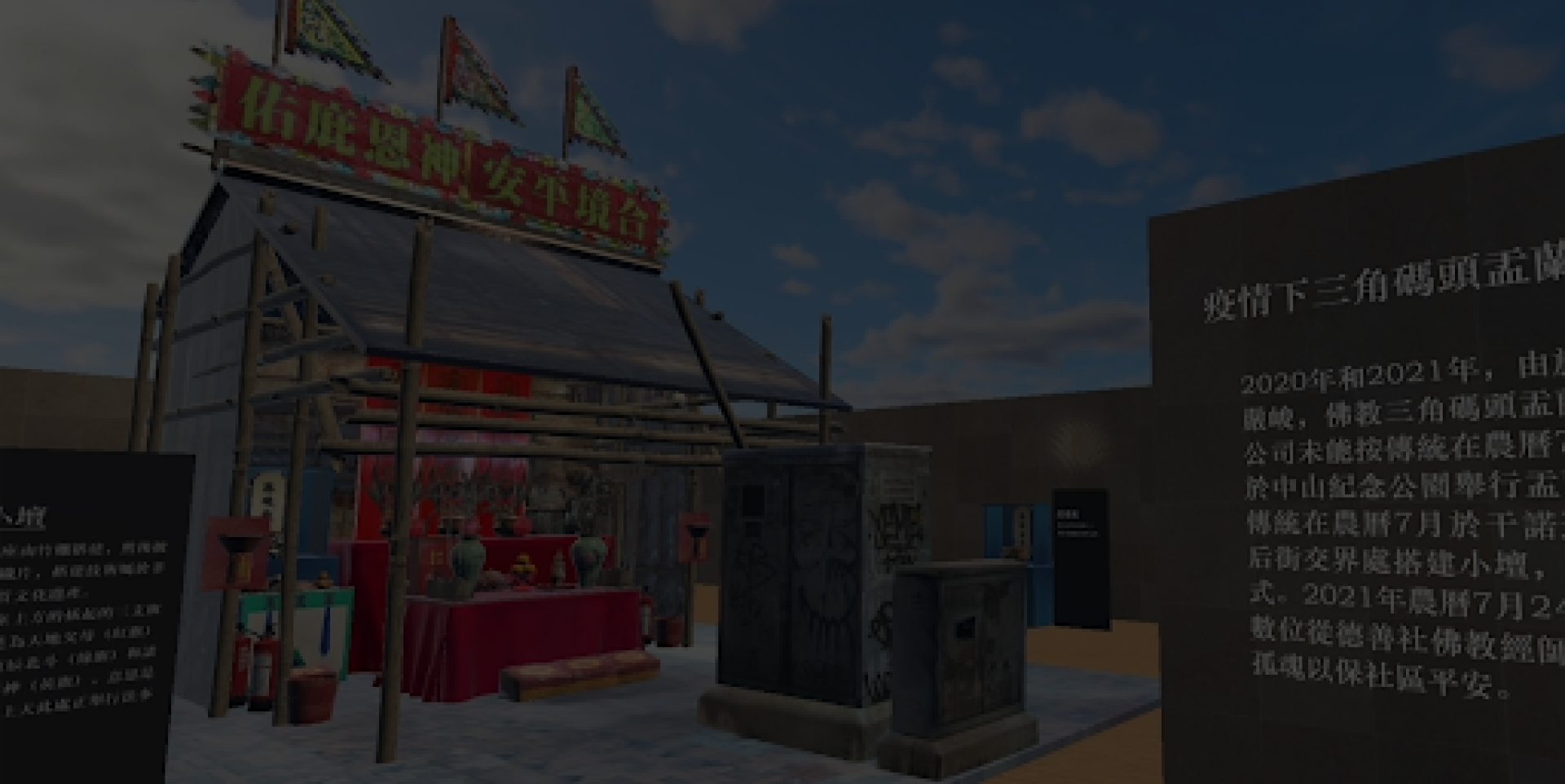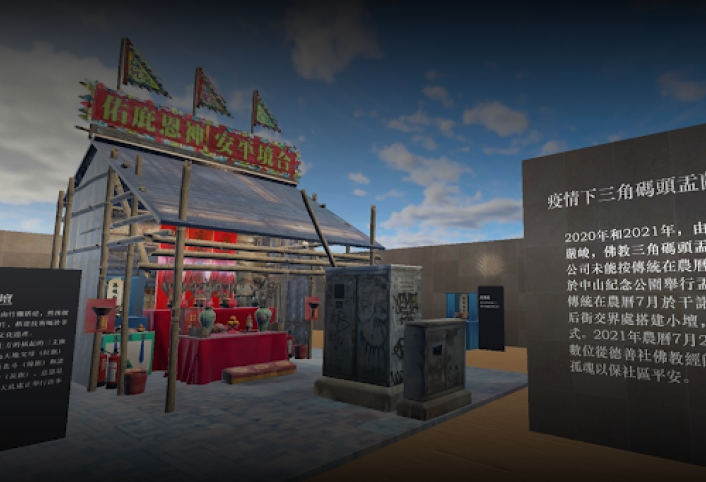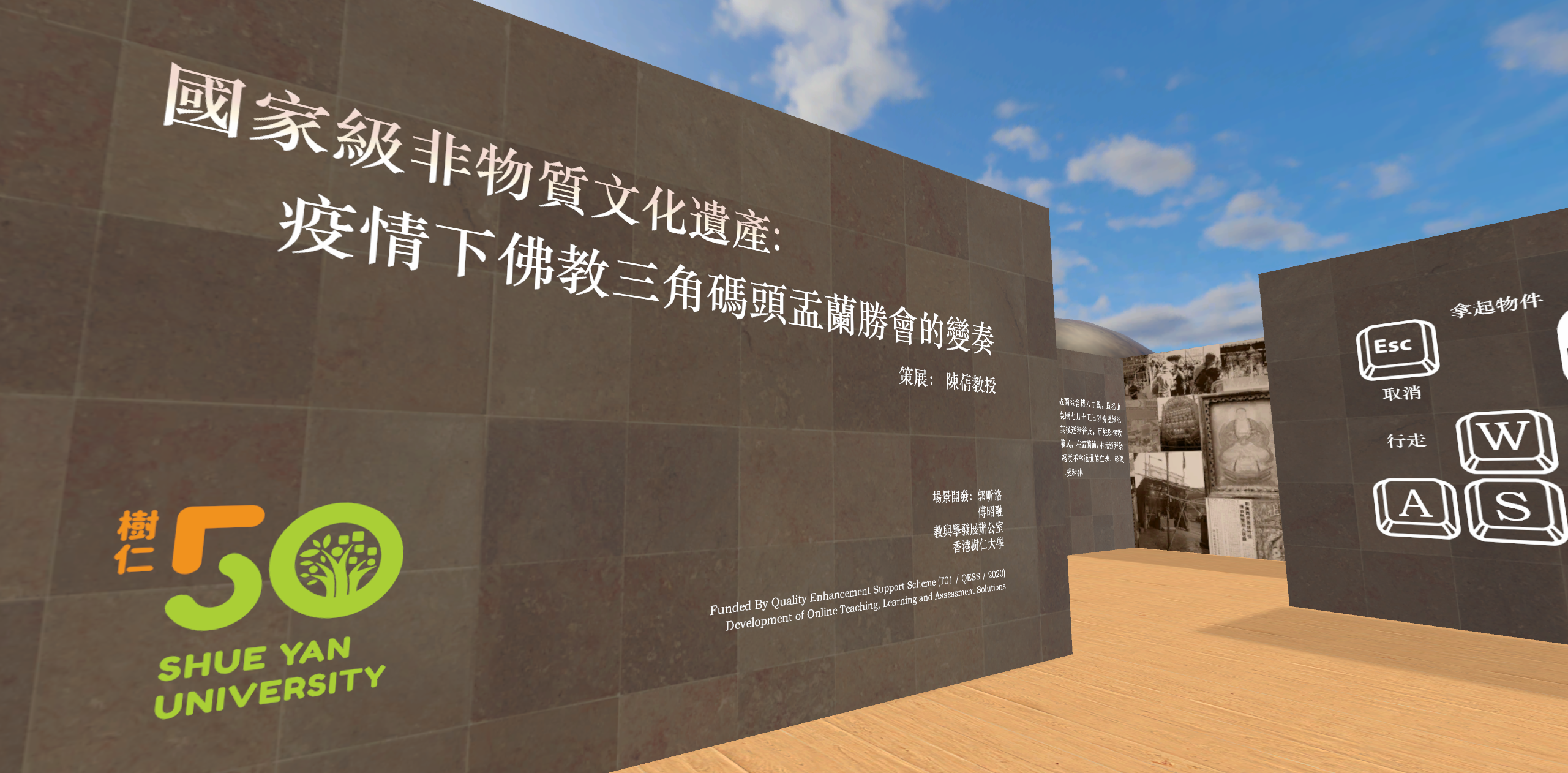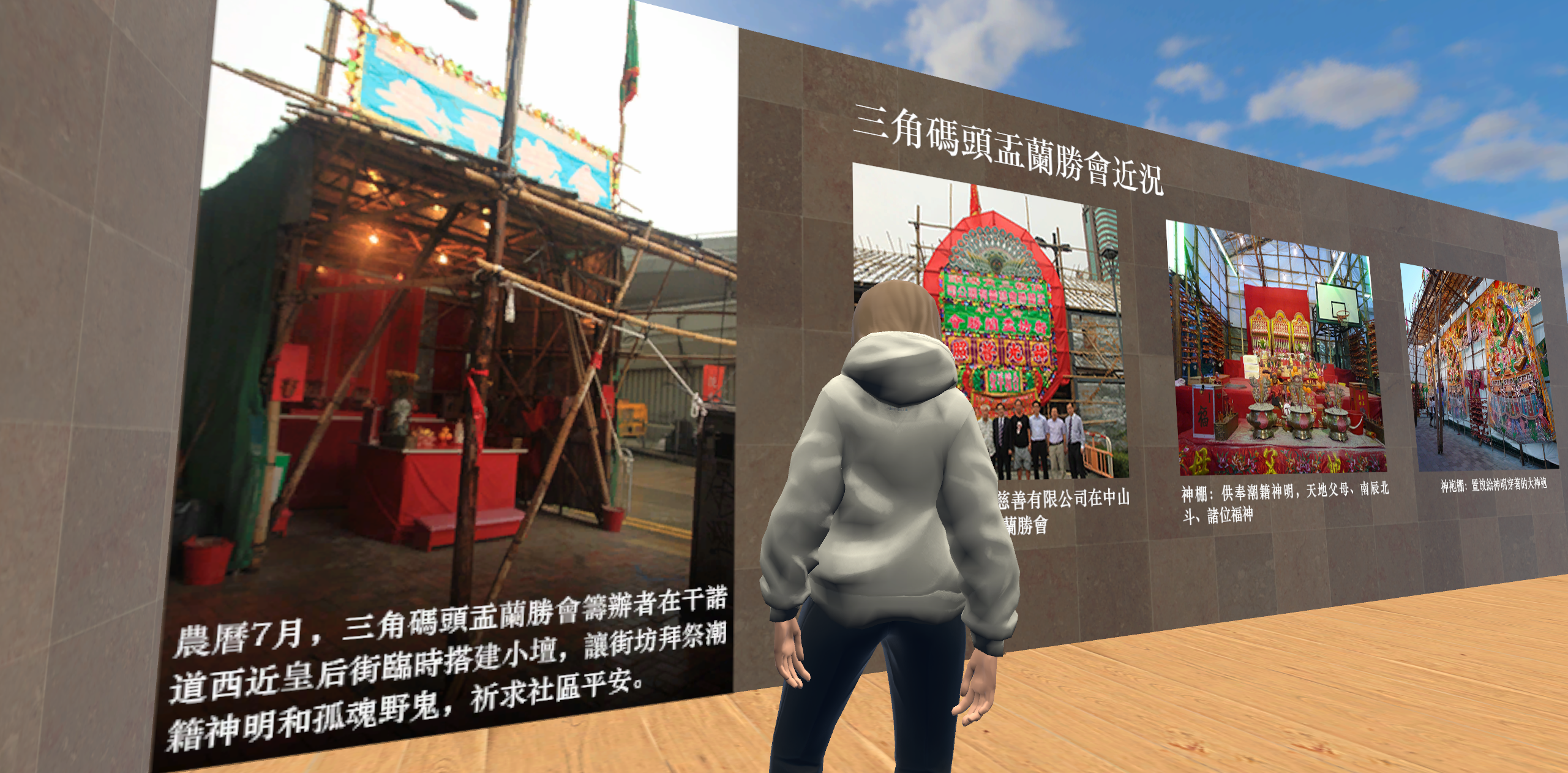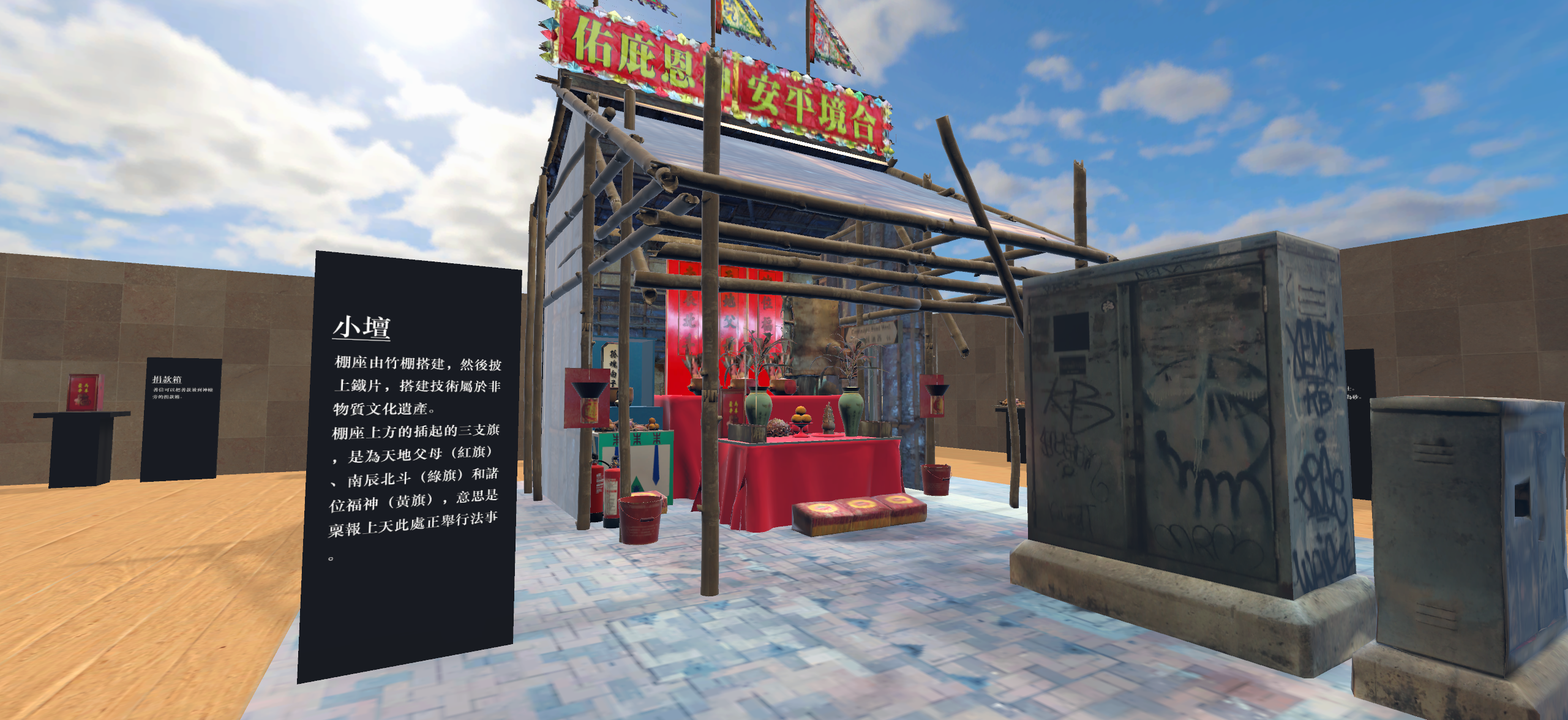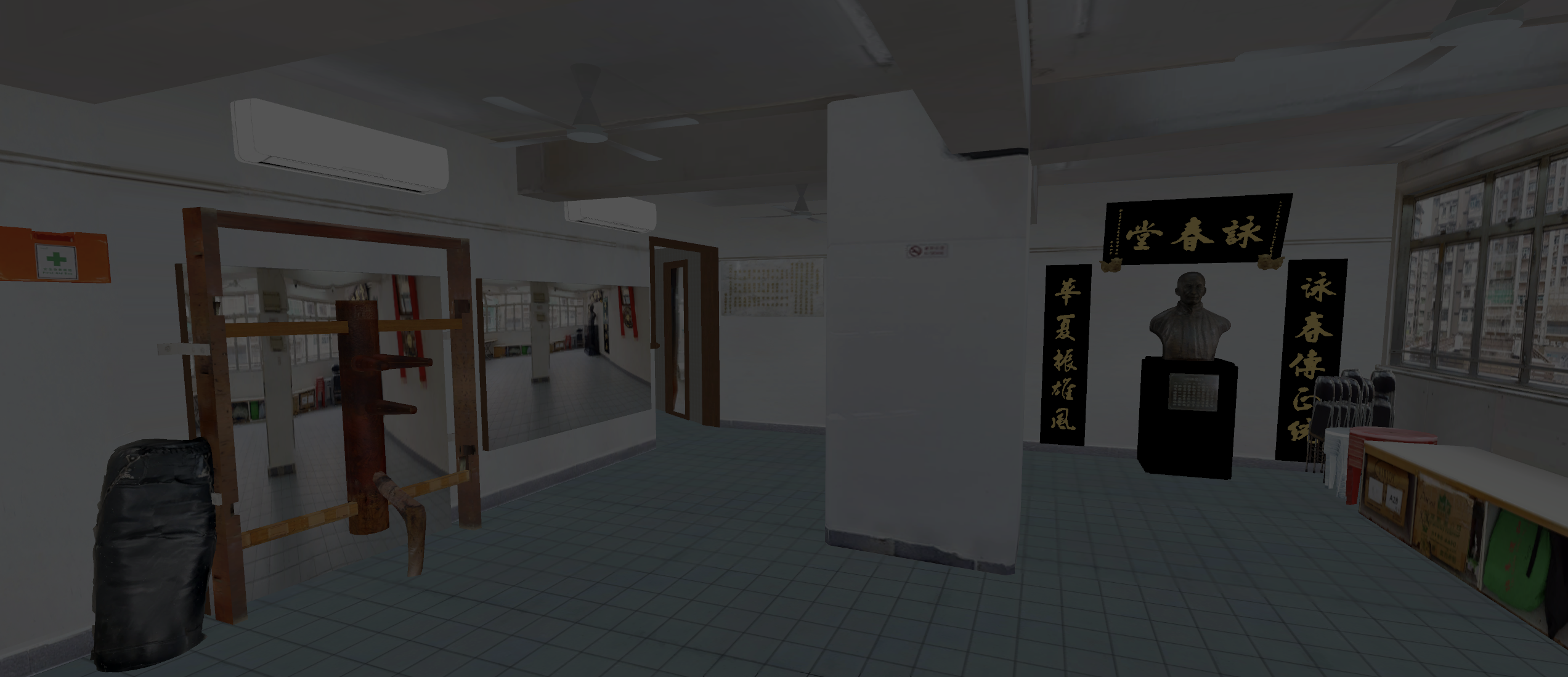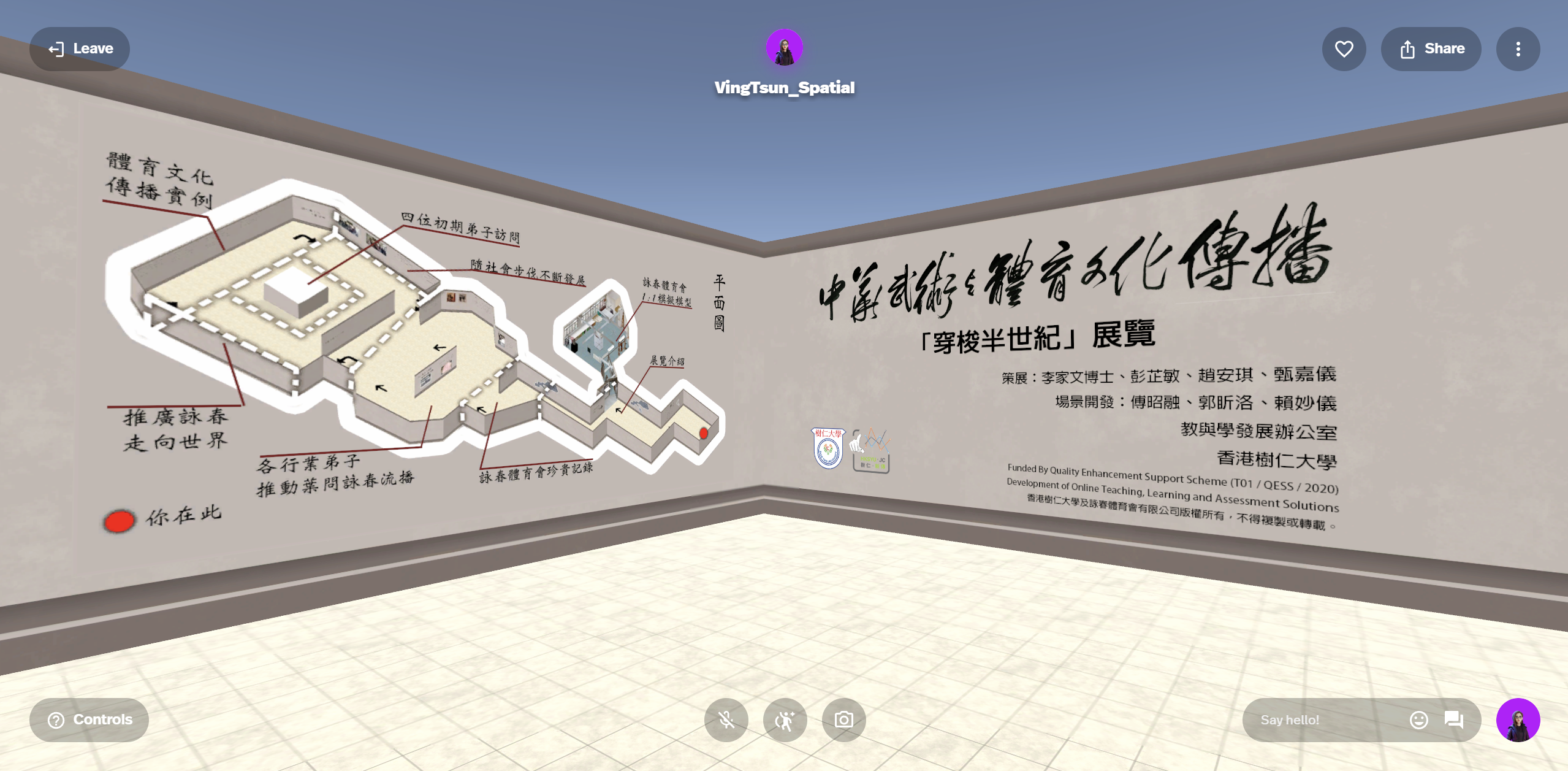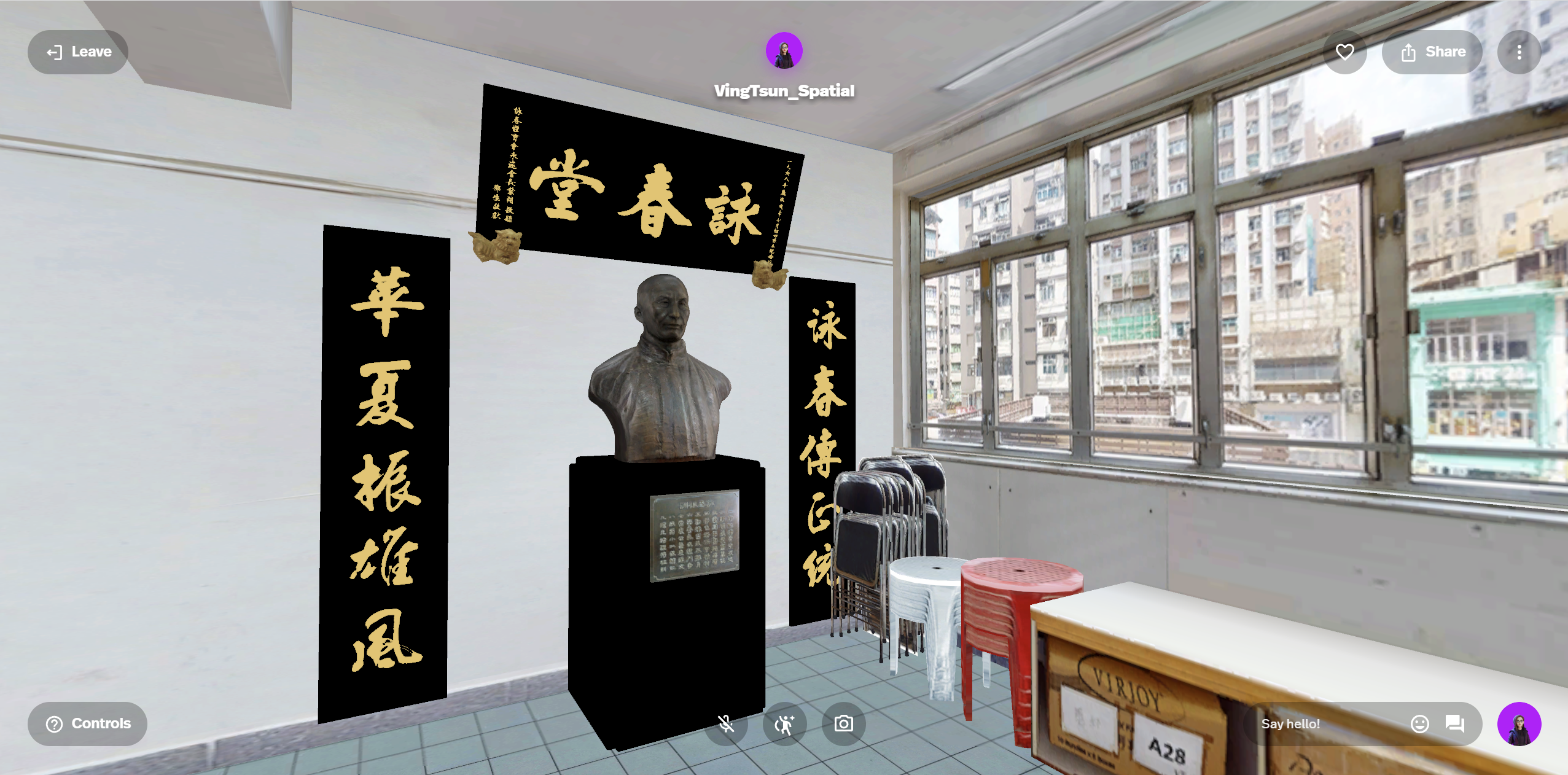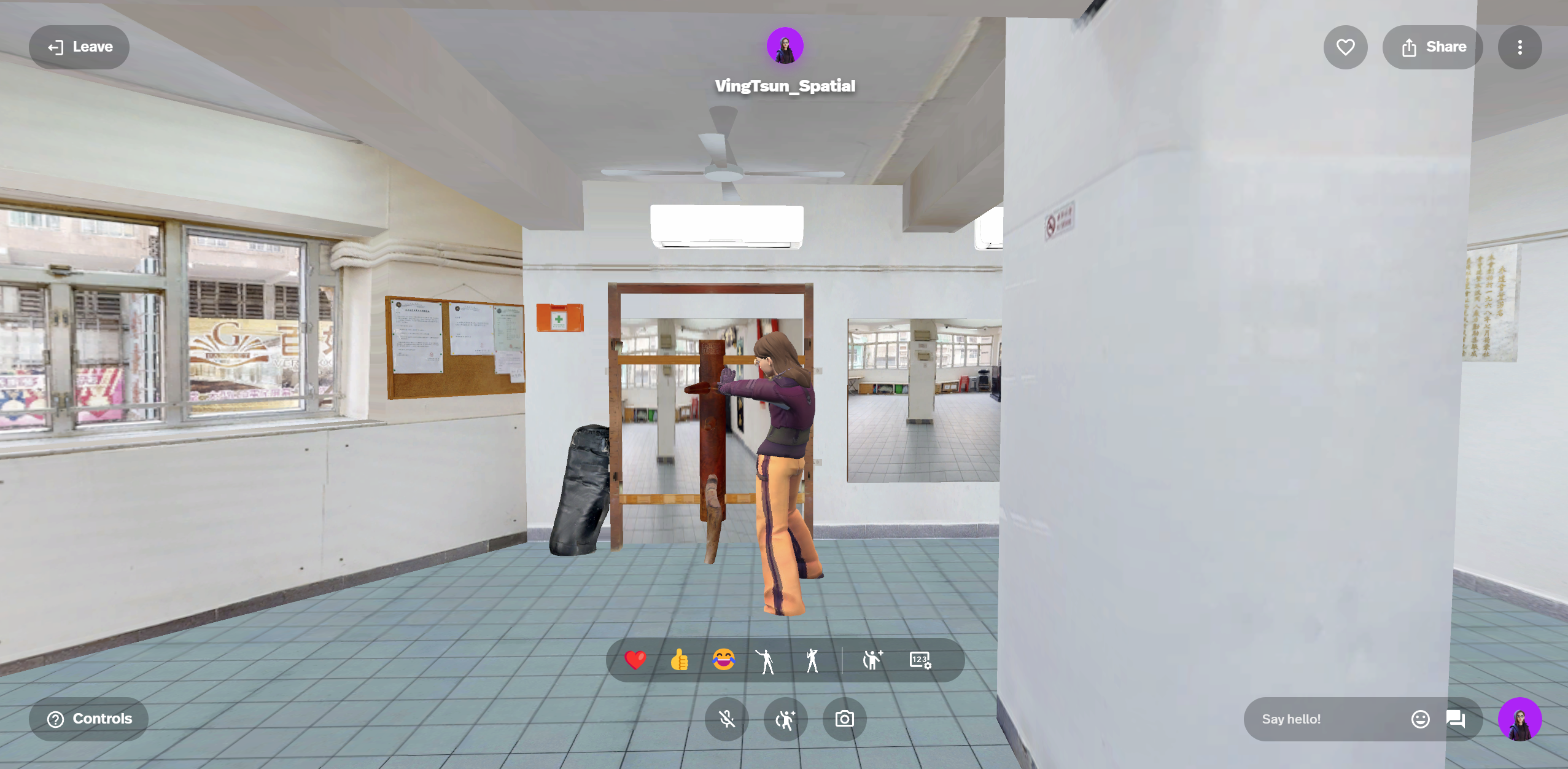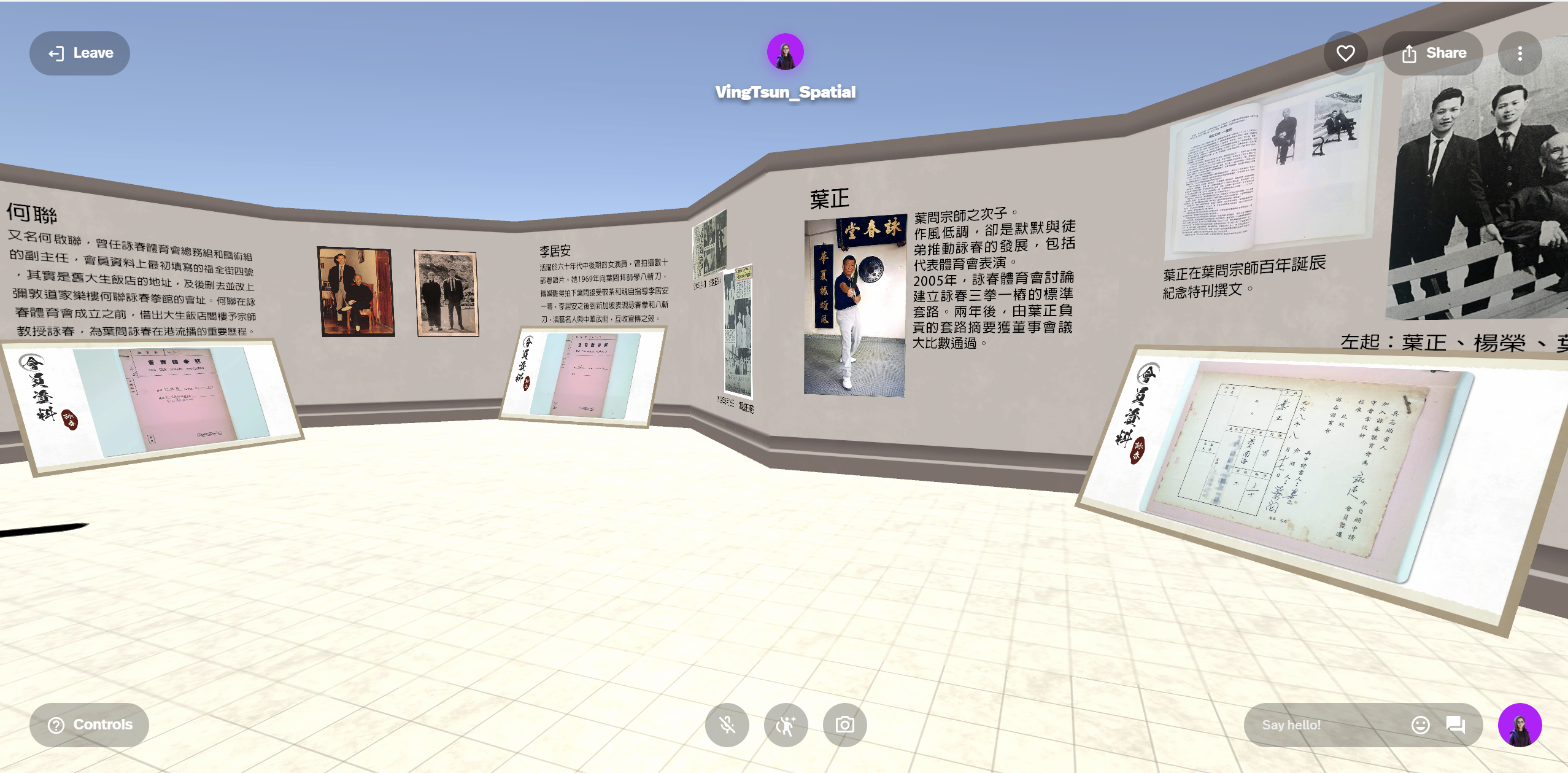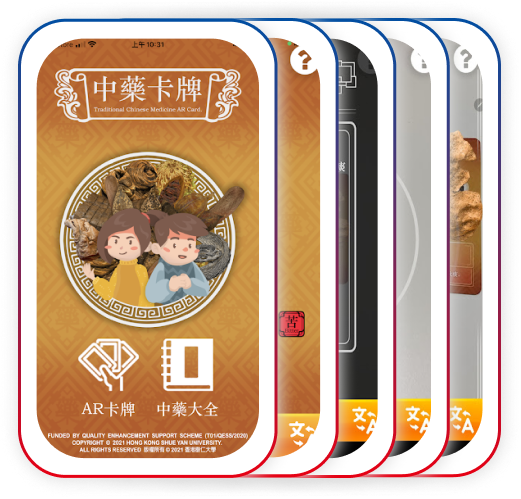
Extended Reality in Higher Education
Extended reality (XR) technology refers to a spectrum of immersive technologies that blend the physical and virtual worlds. There are three main types of XR:
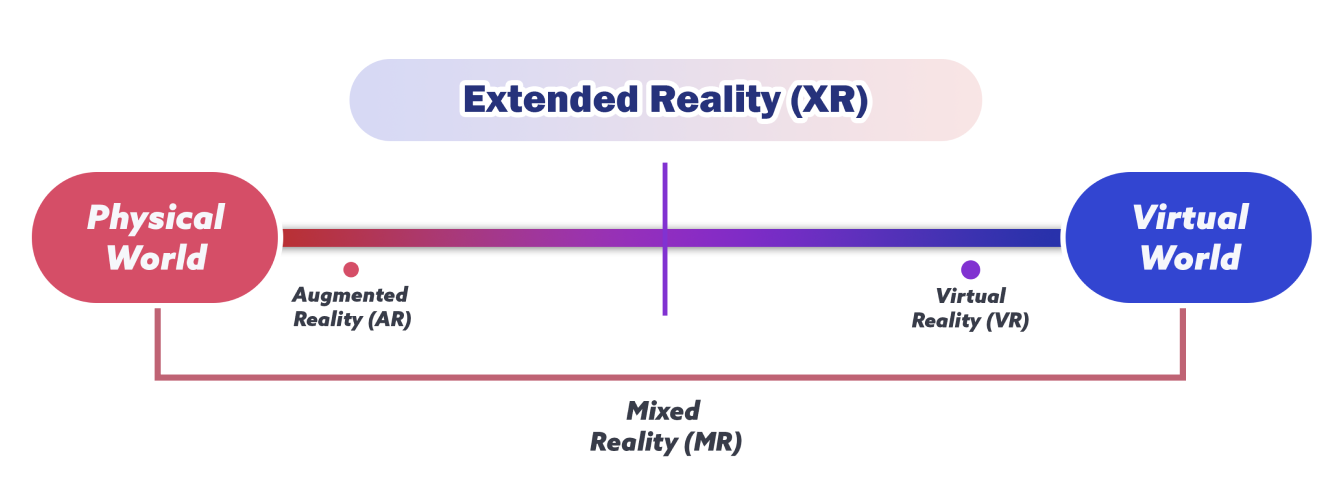
Virtual reality (VR): creates a fully immersive, computer-generated environment that users can interact with using specialized hardware, such as head-mounted displays or handheld controllers.
Augmented reality(AR): overlays digital information onto the real world, typically viewed through a smartphone or tablet.
Mixed reality(MR): combines virtual and real-world elements in real-time, allowing users to interact with virtual objects while still seeing the physical environment around them.
Chinese medicine AR card games
The Teaching and Learning Development Office worked with the General Education Office to develop a mobile app and augmented reality (AR) games to promote traditional Chinese medicine (TCM) education. The primary goal is to publicize TCM, which is an integral part of Chinese culture, and to spark interest in this subject via interactive AR games.
The project team has created 3D models of different Chinese medicines, which users can preview by scanning physical cards with the AR function. The interactive AR card game includes "Symptom Cards" and "TCM Cards". Players scan both cards, and the matching result appears on the screen with an explanation and nature of the Chinese medicine. By using AR technology to provide an immersive and interactive experience, this project hopes to attract a wider audience to learn about TCM and its benefits.
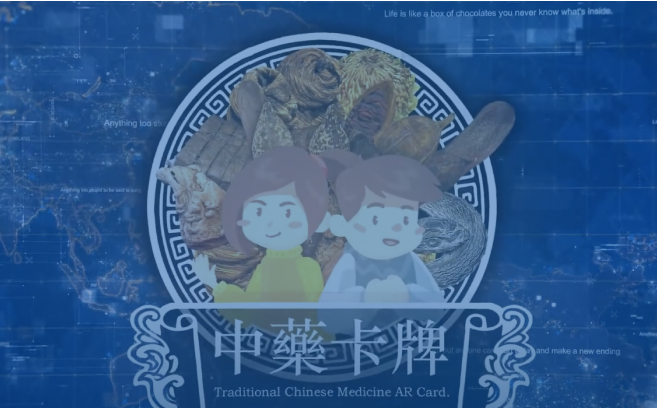

Cognitive disorders AR simulators
This is an AR mobile app designed to help students understand mental and perception disorders. The app simulates the perception of a patient with different disorders in a real-world environment. By altering users’ perception of reality using virtual objects and the phone's camera and microphone, users can experience different the symptoms of different disorders such as hallucinations and motion blindness. The primary goal of this app is to provide students with a more immersive learning experience that enables them to better understand and empathize with patients who suffer from these disorders.


World History and Religion
World History and Religion is a course that examines the major religions that have shaped the world. This course focuses on three of the world's major faiths: Taoism, Christianity, and Islam. Through analysis of primary and secondary sources, students will gain an understanding of the philosophical foundations and ethical teachings of each religion. Students will also explore the traditional rituals and ceremonies associated with each faith, such as the meanings of death and life found in their ceremonies and rituals. Furthermore, students will learn about how these religions view the value of life and death and how they commemorate those who have passed away.

Social Work Virtual Fieldtrip to Adult Training Centres
3D models were created to show the daycare and residential areas of adult training centres. These models offer a unique opportunity for students to embark on virtual field trips, immersing themselves in an interactive and engaging experience that deepens their understanding of the daycare centre’s environment and the diverse functions of its facilities. To enhance the educational value, the models have been enriched with close-up photos of specific equipment and mini demonstration videos, presenting comprehensive insights into the operational aspects and functionality of the adult training centre.

VR Perspective-taking Game: School Bullying
This virtual reality perspective-taking experience offers an innovative approach to fostering empathy and understanding in counselling education. By immersing users in simulated school bullying scenarios, VR allows individuals to step into the roles of the bully, victim, or bystander. This immersive technology helps students explore the emotions, thoughts, and experiences of others, promoting deeper insight into complex social dynamics. Designed to enhance counselling training, VR provides a safe and controlled environment to study sensitive topics, encouraging personal growth and empathy development.

VR Dementia Experience
A virtual reality (VR) program was collaboratively designed and developed by the Department of Counselling and Psychology, Department of Social Work and the Teaching and Learning Development Office to enhance understanding and empathy towards dementia patients and their caregivers. In this VR experience, players will immerse themselves as a dementia patient and find out the challenges they may encounter.

Forgotten Heritage
The VR Forgotten Heritage offers an immersive exploration of significant cultural sites, including the Wisdom Path, Muslim Cemetery, Hindu Temple, and Ex-Sham Shui Po Reservoir. Using 360-degree video and interactive elements, this innovative experience deepens understanding of cultural heritage while making learning engaging and accessible. Complemented by online lectures, the project bridges traditional education with modern technology, highlighting the relevance of cultural heritage in contemporary society. This dual approach enhances cultural education, making it more interactive, inclusive, and impactful.
 in Teaching and Learning/HKL_39372.png)
 in Teaching and Learning/HKL_39372 small.png)
